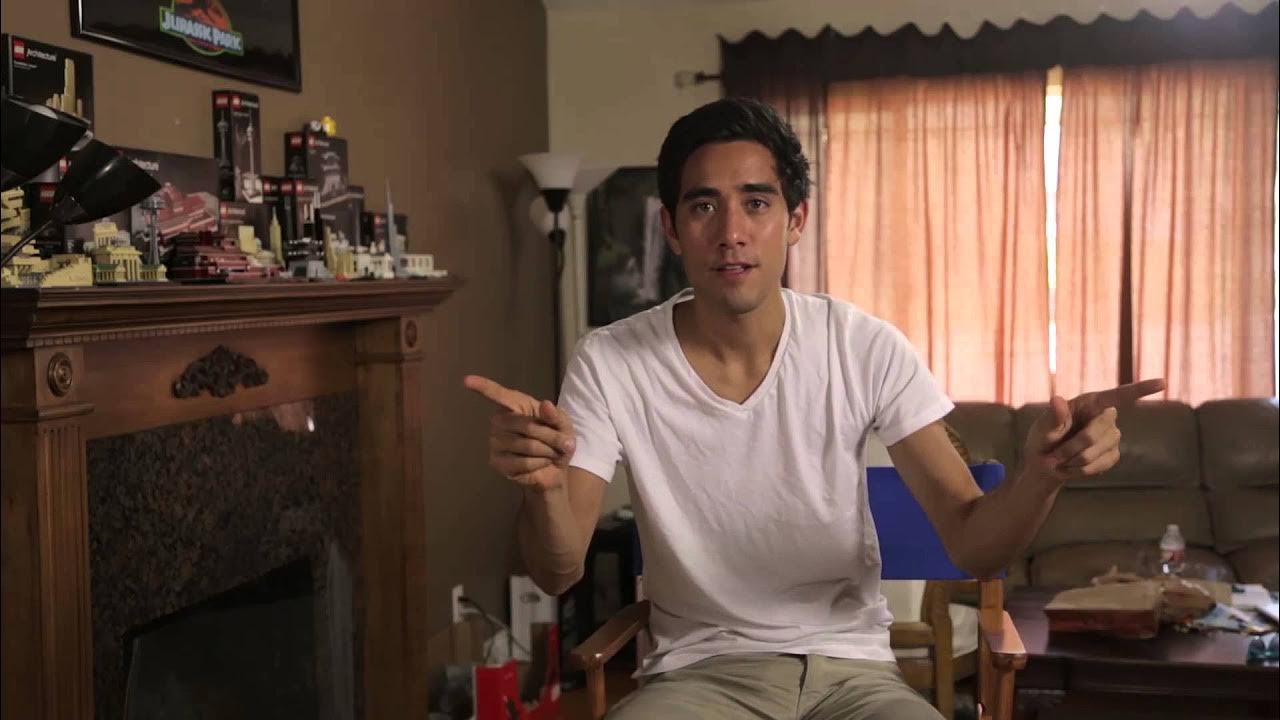Filmmaking 101 - Three Point Lighting Tutorial
Summary
TLDRIn this video, Steve de Casas provides an insightful tutorial on the fundamentals of three-point lighting in cinematography, essential for anyone looking to enhance their film or video production skills. He explains the key components: key light, fill light, and hair light, demonstrating their individual impacts and how they work together to create depth and separation between the subject and background. Steve also shares practical tips on achieving the desired lighting effects without complex equipment, emphasizing the importance of a hair light to make subjects 'pop' on camera. His advice is aimed at simplifying cinematography for beginners and professionals alike.
Takeaways
- 🎥 Three-point lighting is a fundamental concept in cinematography, consisting of a key light, fill light, and hair light.
- 🏙️ The key light is the primary and strongest light source in a scene, illuminating the subject directly.
- 🌟 The fill light is used to soften the shadows created by the key light, providing a more even lighting effect.
- 👤 The hair light is crucial for separating the subject from the background by highlighting the edges of the subject.
- 🎬 Steve de casas demonstrates three-point lighting in a studio setting, emphasizing its importance in filmmaking.
- 📽️ The script references the film 'Hugo' as an example of effective use of hair light to create a cinematic look.
- 📸 Steve discusses the importance of light angle and distance, explaining how it affects the mood and appearance of the subject.
- 🔧 The use of barn doors on lights is highlighted to control light spill and ensure even background lighting.
- 💡 The video provides practical tips on how to achieve three-point lighting without professional equipment, making it accessible for home setups.
- 📹 Steve encourages viewers to experiment with lighting to find the style that best suits their storytelling needs.
- 🌐 The script concludes with an invitation for viewers to request more tutorials, such as one on green screen lighting.
Q & A
What is the first thing taught in cinematography?
-The first thing taught in cinematography is three-point lighting, which consists of the key light, fill light, and back light.
What is the purpose of the key light in three-point lighting?
-The key light is the most important and strongest light in the scene, responsible for illuminating the subject and creating the primary shadows and highlights.
What role does the fill light play in three-point lighting?
-The fill light is used to soften the shadows created by the key light, providing a more even and less dramatic lighting effect on the subject.
Why is a hair light important in cinematography?
-A hair light is crucial as it separates the subject from the background by illuminating the edges of the subject's body, making them stand out and drawing attention to the face.
What is the significance of the angle and distance of the key light in relation to the subject?
-The angle and distance of the key light affect the intensity of the light and the appearance of shadows on the subject's face, which can dramatically change the mood and look of the scene.
How does the speaker demonstrate the effect of each light in the three-point lighting setup?
-The speaker turns on and off each light individually to show the impact of the key light, fill light, and hair light on the subject's appearance in the video.
What is the role of the background light in a three-point lighting setup?
-The background light illuminates the backdrop or environment behind the subject, adding depth and separation between the subject and the background.
Why is it important to control the spill from the background lights?
-Controlling spill from background lights prevents unwanted light from falling on the subject, which could create unwanted shadows or wash out the subject's lighting.
What is a lowboy in the context of the video?
-A lowboy is a heavy-duty stand with wheels and a boom arm used to position lights at different heights and angles, as demonstrated with the hair light in the video.
What advice does the speaker give for those who want to achieve a more filmic look with lighting?
-The speaker advises using a hair light to make the subject pop and achieve a more filmic look, emphasizing its importance in cinematography.
How does the speaker suggest using barn doors on lights to control the lighting?
-The speaker suggests using barn doors on lights to precisely control where the light falls, ensuring that it illuminates the background without spilling onto the subject.
Outlines

This section is available to paid users only. Please upgrade to access this part.
Upgrade NowMindmap

This section is available to paid users only. Please upgrade to access this part.
Upgrade NowKeywords

This section is available to paid users only. Please upgrade to access this part.
Upgrade NowHighlights

This section is available to paid users only. Please upgrade to access this part.
Upgrade NowTranscripts

This section is available to paid users only. Please upgrade to access this part.
Upgrade NowBrowse More Related Video

Cinematography Vs Videography: What's the Difference?

Video Academy: Belajar basic Lighting Auto Kayak FILM bareng Fiqri Fox!!! - (Part 1)

Lighting with Zach King

The 3 Basics Of Cinematography

Introduction to GNUSIM8085 | Microprocessor 8085 simulator | Assembly Language Tutorial | why GNUSIM

Tu PC va a VOLAR! Optimiza WINDOWS 11 en 2022 sin Programas!
5.0 / 5 (0 votes)